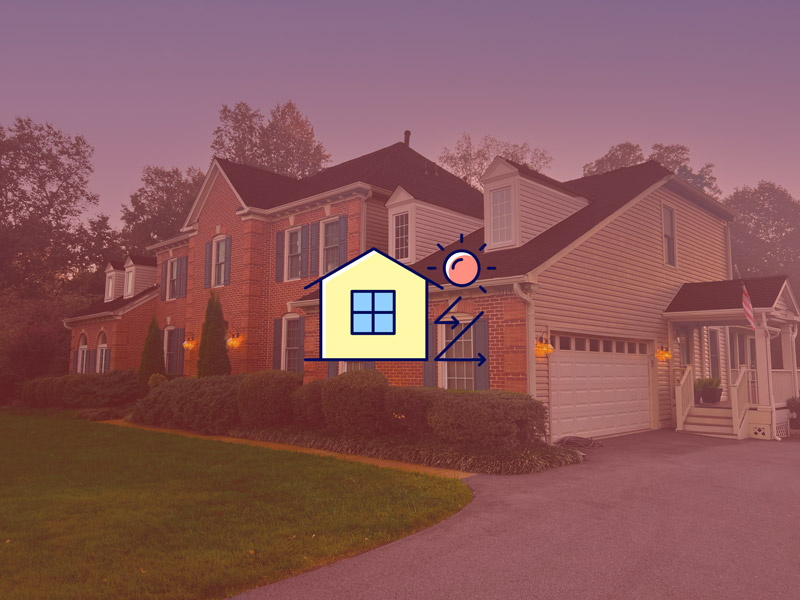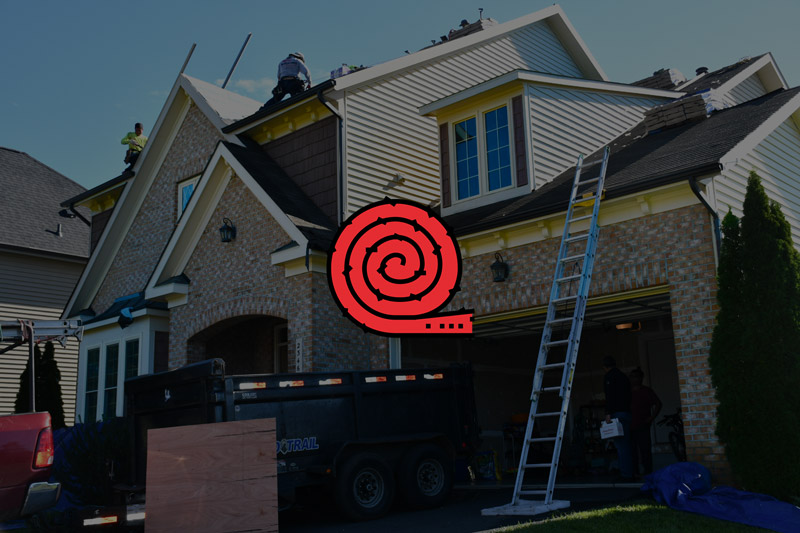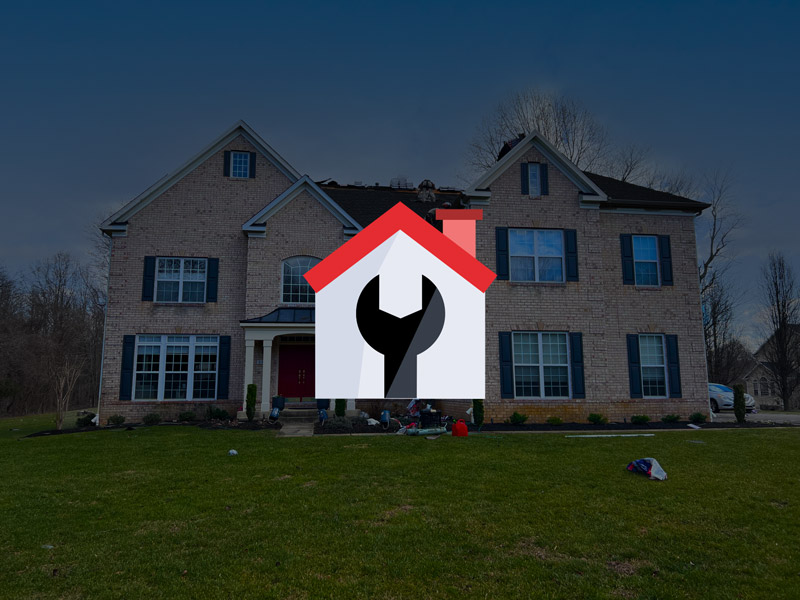What Is Roofing Insulation?: Understanding Installation & Benefits
Roofing insulation, an integral component of any well-designed home, plays a pivotal role in maintaining energy efficiency, ensuring optimal comfort levels, and minimizing environmental impact. As homeowners become increasingly conscious of their energy consumption and its ecological consequences, understanding the significance of roofing insulation becomes paramount.

What Is Roofing Insulation
Defining Roofing Insulation
Roofing insulation is a vital component of a building’s thermal envelope. It is a material that is strategically installed within the roofing structure to effectively impede the transfer of heat between the interior and exterior environments. The primary purpose of roofing insulation is to provide a barrier that minimizes heat loss during colder months and heat gain during warmer months, thus contributing significantly to energy efficiency and indoor comfort.
Regulating Temperature and Preventing Heat Transfer
Roofing insulation operates based on the principles of thermal resistance and conductivity. The insulation material, such as fiberglass, cellulose, or spray foam, acts as a buffer against external temperature fluctuations. During winter, it prevents warm indoor air from escaping through the roof, while in summer, it blocks the entry of external heat into the living spaces. This regulation of temperature ensures a consistent and comfortable atmosphere inside the building, reducing the need for excessive heating or cooling.
The mechanism behind roofing insulation involves the material’s ability to trap air pockets within its structure. Air is a poor conductor of heat, and these trapped pockets act as barriers to prevent the rapid transfer of thermal energy. By doing so, the insulation maintains a balanced indoor climate and reduces the workload on HVAC systems, ultimately leading to reduced energy consumption and utility bills.

Types of Roofing Insulation Materials
Exploring Insulation Material Options
When considering roofing insulation, a range of materials comes into play, each with its distinct characteristics and advantages. The selection of the right insulation material can significantly impact energy efficiency and comfort levels within a home. Let’s take a closer look at some of the commonly used insulation materials in roofing:
Fiberglass Insulation
Fiberglass insulation is one of the most prevalent choices due to its affordability and versatility. It consists of thin glass fibers that trap air, creating a barrier against heat transfer. Fiberglass insulation is known for its ease of installation and can be fitted between roof rafters, ensuring a snug fit and effective thermal resistance.
Cellulose Insulation
Made from recycled paper products, cellulose insulation is an eco-friendly option. It offers excellent resistance to heat transfer and can be blown into tight spaces, ensuring comprehensive coverage. Its ability to conform to irregular spaces makes it a suitable choice for attics with complex designs.
Spray Foam Insulation
Spray foam insulation creates an airtight seal upon application, preventing air leakage and providing exceptional insulation. It can expand to fill even the smallest gaps, making it ideal for preventing drafts and maximizing energy efficiency. Spray foam insulation is particularly effective in climates with extreme temperature variations.
Rigid Foam Insulation
Rigid foam insulation is a sturdy option that offers high insulation value and structural support. It comes in various types, such as expanded polystyrene (EPS), extruded polystyrene (XPS), and polyisocyanurate (polyiso). Rigid foam insulation is commonly used in roof decks and provides a high R-value, making it suitable for areas with limited space for insulation.
Assessing R-Value and Environmental Impact
Each insulation material boasts a specific R-value, which quantifies its thermal resistance. A higher R-value indicates greater insulation effectiveness. Alongside the R-value, it’s crucial to consider the environmental impact of the chosen material. Opting for sustainable and recycled materials aligns with eco-conscious choices and contributes to reducing the carbon footprint.

Benefits of Proper Roofing Insulation
Unveiling the Advantages
The benefits of ensuring proper roofing insulation extend far beyond mere temperature regulation. Installing effective insulation translates into a range of advantages that enhance both your living experience and your financial well-being.
Energy Savings and Reduced Utility Bills
When your home is equipped with quality roofing insulation, it acts as a formidable barrier against temperature fluctuations. This means your heating and cooling systems don’t need to work overtime to maintain a comfortable indoor climate. As a result, you’ll experience significant energy savings, which can lead to lower monthly utility bills. It’s an investment that not only pays off in the long run but also contributes to a greener planet by reducing overall energy consumption.
Enhanced Indoor Comfort
Imagine a home where you don’t need to constantly adjust the thermostat to stay comfortable. Proper roofing insulation ensures consistent indoor temperatures, eliminating chilly drafts in the winter and stifling heat in the summer. This balanced environment creates a haven where you and your family can thrive, irrespective of the weather outside. Say goodbye to those uncomfortable temperature swings and welcome a more enjoyable living space.
Prolonged Roof Lifespan
Roofing insulation not only benefits your living spaces but also extends the life of your entire roofing system. By preventing excessive heat buildup in the summer and minimizing heat loss during winter, insulation helps to reduce the expansion and contraction of roofing materials. This decrease in thermal stress can ultimately lead to a prolonged lifespan for your roof. Additionally, insulation acts as a shield against moisture infiltration, which can be particularly damaging to roofing structures over time.

Factors to Consider During Roofing Installation
Key Considerations for Successful Installation
Installing roofing insulation involves careful planning and consideration of various factors to ensure optimal performance and longevity. From climate conditions to specific roofing attributes, here are the key aspects that demand attention during the installation process.
Climate Considerations
The climate in which your home is situated plays a pivotal role in determining the appropriate type and thickness of insulation. In colder climates, higher R-values may be recommended to combat heat loss, while in warmer regions, the emphasis might be on minimizing heat gain. Understanding the local climate allows for the selection of insulation that aligns with the specific temperature challenges.
Roof Type and Design
Different roof types require tailored insulation solutions. A pitched roof, for instance, may accommodate different installation methods compared to a flat roof. The design intricacies, such as dormers, skylights, and valleys, must also be taken into account to ensure uniform coverage and effective thermal performance.
Adequate Ventilation
Ventilation is crucial to prevent the buildup of moisture within the insulation and the underlying structure. Improper ventilation can lead to condensation, mold growth, and structural damage. It’s essential to consider the ventilation requirements of both the insulation and the roof space to maintain a healthy and dry environment.
Moisture Management
Moisture infiltration can compromise the effectiveness of insulation and even lead to structural degradation. Prior to installation, it’s vital to identify potential sources of moisture and address any existing leaks or vulnerabilities. This proactive approach ensures that your insulation remains functional and durable over time.
Professional Expertise
While DIY projects have their merits, roofing insulation installation is best left to professionals with expertise in the field. Experienced contractors can assess the specific needs of your home, recommend the most suitable insulation material, and ensure precise installation that maximizes energy efficiency and minimizes potential issues.
A Comprehensive Approach
Incorporating these considerations into your roofing insulation installation ensures that you’re making a well-informed and strategic decision. By addressing climate, roof type, ventilation, moisture, and enlisting professional expertise, you’re not only safeguarding your home’s energy efficiency but also guaranteeing its structural integrity for years to come.

Professional Installation Process
Step-by-Step Guide to Roofing Insulation Installation
Achieving the full benefits of roofing insulation requires a methodical installation process. Follow this comprehensive guide to ensure a successful and efficient insulation installation that optimizes energy efficiency and indoor comfort.
Pre-Installation Inspection
Before embarking on the installation journey, a thorough inspection of your roof’s condition is essential. Address any existing damage or leaks, and ensure that the roofing structure is sound. This step creates a solid foundation for the insulation installation and prevents potential complications down the line.
Selecting the Appropriate Insulation Material
Based on your home’s location, climate, and specific requirements, choose the insulation material that aligns best with your goals. Whether it’s fiberglass, cellulose, spray foam, or rigid foam, the right choice sets the stage for optimal insulation performance.
Installation Techniques and Procedures
With the insulation material selected, it’s time to proceed with installation. The techniques employed will depend on the chosen material and the intricacies of your roof’s structure. From laying out fiberglass batts to applying spray foam in gaps and crevices, each technique contributes to a seamless and effective insulation layer.
Attention to Detail: Ensuring Proper Coverage
During installation, meticulous attention to detail is crucial. Ensuring proper coverage and sealing gaps and joints guarantee consistent insulation performance. Achieving a continuous barrier against heat transfer and maintaining the insulation’s integrity are central to long-term success.
Post-Installation Checks
Once the insulation is in place, it’s prudent to conduct post-installation checks. Ensure that no areas are overlooked, and that the insulation hasn’t been displaced during the process. This final assessment guarantees that your insulation system is ready to deliver the anticipated energy efficiency benefits.
The Power of Professionalism
While some may consider insulation installation as a DIY project, enlisting the services of skilled professionals ensures precise and effective results. Professionals possess the knowledge and experience to navigate the nuances of different insulation materials and roof types, leading to optimal outcomes.
Elevate Your Home’s Efficiency
Following this step-by-step guide ensures that your roofing insulation is installed with precision, maximizing energy efficiency and comfort. As we conclude our exploration of “what is roofing insulation,” you’ll find yourself equipped with the insights needed to make informed decisions about insulation choices and installation methods.
View More Articles
Please Share!









